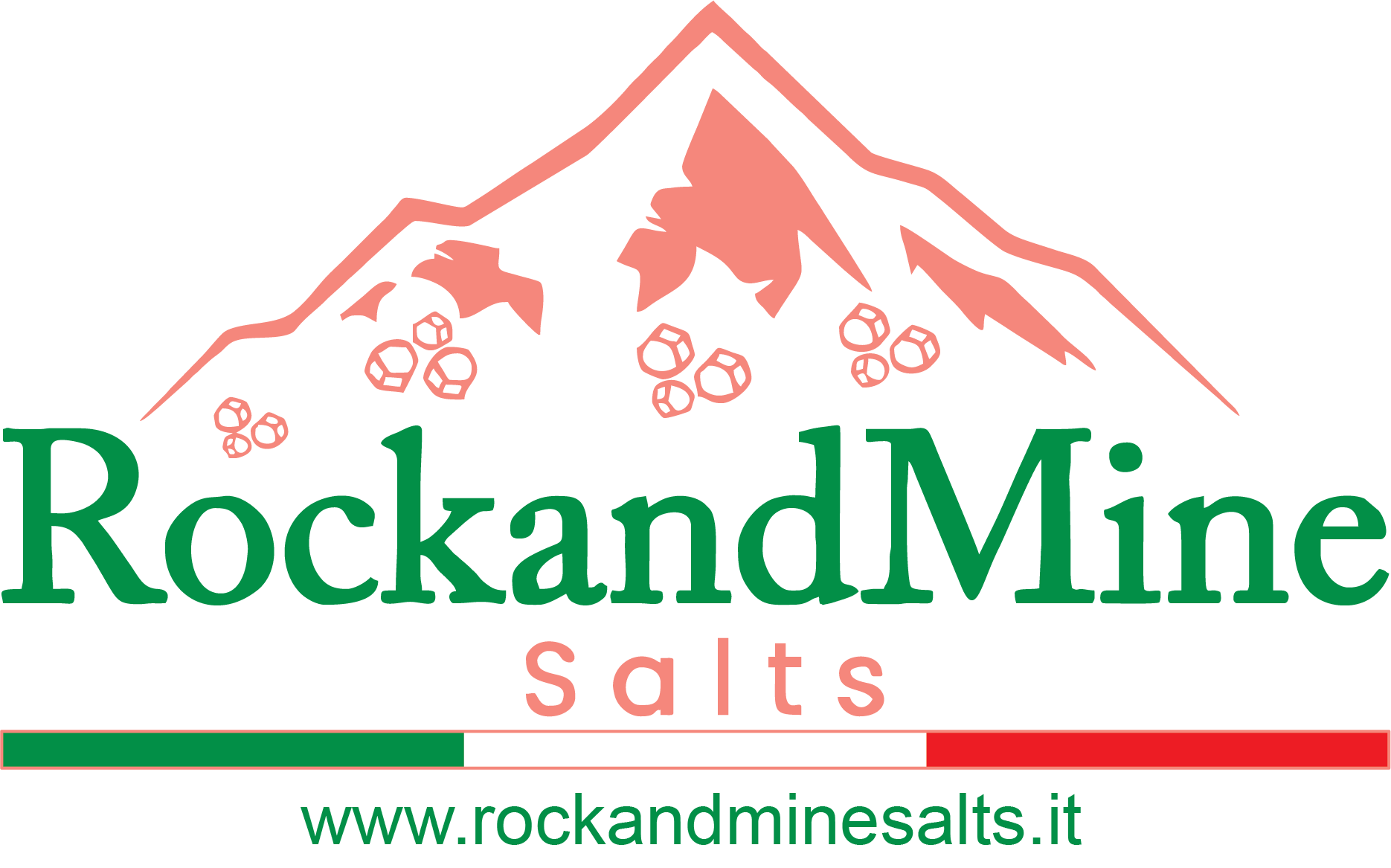Himalayan Salt vs. Regular Salt
While both Himalayan salt and regular table salt are used to season food, they differ significantly in their mineral content, processing methods, flavor, and health impacts. Understanding these differences can help consumers make an informed decision about which type of salt best suits their health and wellness needs.
Mineral Content
Himalayan Salt:
•Himalayan salt is renowned for its rich mineral content. It contains over 80 essential trace minerals, such as magnesium, calcium, potassium, and iron, which are naturally occurring in the salt. These minerals give Himalayan salt its distinctive pink color and contribute to various health benefits.
•Some of the notable minerals in Himalayan salt include:
•Magnesium: Supports muscle and nerve function, as well as heart health.
•Calcium: Aids in maintaining strong bones and teeth.
•Potassium: Helps regulate fluid balance, muscle contractions, and nerve signals.
•Iron: Essential for oxygen transport in the blood.
Regular Table Salt:
•Regular table salt, on the other hand, is primarily composed of sodium chloride (NaCl). While it may contain small amounts of minerals, it typically lacks the diverse range of trace minerals found in Himalayan salt. In some cases, table salt is artificially iodized to prevent iodine deficiency, but it lacks the other minerals that contribute to overall health.
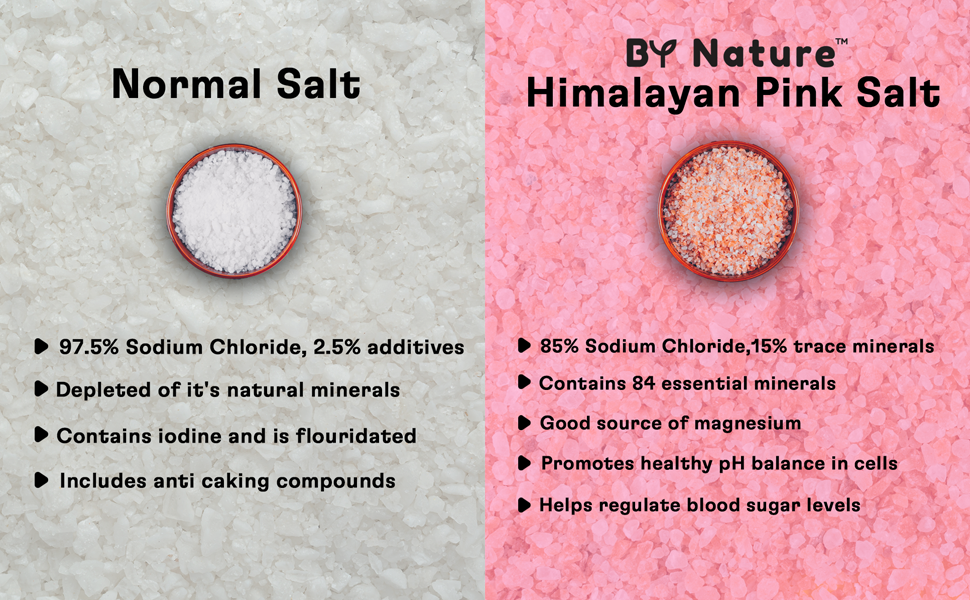
Processing Methods
Himalayan Salt:
•Himalayan salt is hand-mined from ancient sea beds that are over 250 million years old, making it free from modern environmental pollutants. After extraction, the salt is minimally processed and typically only washed to remove impurities. It is not bleached or treated with chemicals, which allows it to retain its natural mineral content and flavor.
•The salt is often sold in its raw, unrefined state, making it a more natural option compared to highly processed salts.
Regular Table Salt:
•Table salt is heavily refined during the manufacturing process. The salt is typically extracted from underground salt mines or seawater, then washed and processed to remove impurities. In most cases, it is subjected to chemical treatments, such as bleaching and the addition of anti-caking agents to keep it free-flowing.
•Additionally, table salt often contains added iodine, an essential nutrient for thyroid function, as well as other chemicals like sodium bicarbonate to prevent clumping.

Flavor Profile
Himalayan Salt:
•The flavor of Himalayan salt is often described as milder, more complex, and less sharp compared to regular table salt. This is due to the presence of the many trace minerals, which contribute to a more rounded, subtle taste.
•Because of its unique mineral composition, Himalayan salt can enhance the natural flavors of food without overpowering them.
Regular Table Salt:
•Table salt has a more intense, pure sodium chloride taste, which can sometimes be perceived as sharper or more “salty” than Himalayan salt.
•As table salt lacks the variety of minerals present in Himalayan salt, its flavor profile is simpler, and it can dominate the flavor of dishes more than the more delicate Himalayan salt.
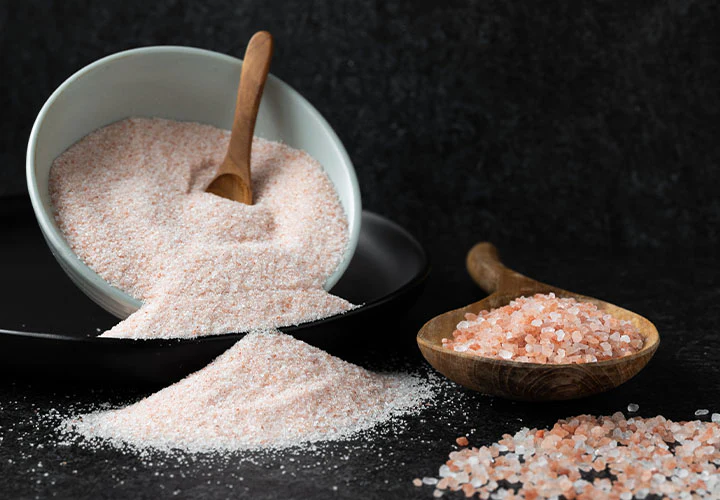
Health Impacts
Himalayan Salt:
•Better Mineral Balance: The mineral content in Himalayan salt provides essential nutrients that support various bodily functions. For example, potassium helps balance electrolytes and maintain healthy blood pressure, while magnesium supports muscle function and relaxation.
•Detoxification: Himalayan salt is often associated with detoxification benefits. Some people believe that the minerals in Himalayan salt can help to eliminate toxins from the body, particularly when used in baths or when consumed in moderation.
•Lower Sodium Intake: Because Himalayan salt has a larger crystal structure and contains more minerals, people tend to use less of it when seasoning food compared to regular table salt. This can result in a slightly lower sodium intake, which may be beneficial for those managing their blood pressure.
Regular Table Salt:
•Higher Sodium Content: Since table salt is almost pure sodium chloride, excessive consumption can contribute to high sodium intake, which has been linked to health issues like high blood pressure, heart disease, and kidney problems.
•Iodine Supplementation: Table salt is often iodized to prevent iodine deficiency, which can lead to thyroid problems. While this is beneficial for people who have insufficient iodine in their diet, it may not be necessary if you get iodine from other dietary sources like seafood, dairy, or fortified foods.
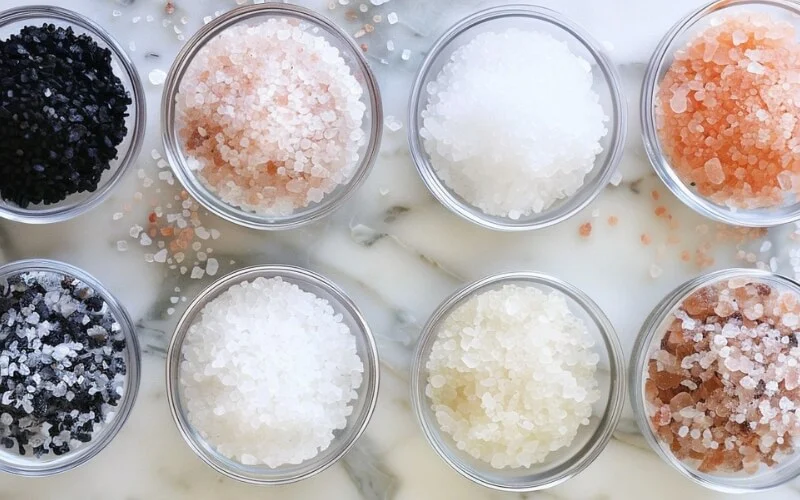
Uses and Versatility
Himalayan Salt:
•Himalayan salt is incredibly versatile and can be used in cooking, as a finishing touch on dishes, and even in more unconventional ways, such as in salt blocks for grilling or serving food. It is also commonly used in bath salts, body scrubs, and salt lamps due to its natural properties.
•People also use Himalayan salt in spa treatments and in salt therapy (halotherapy), where the mineral-rich air from salt caves or salt lamps is believed to improve respiratory and skin health.
Regular Table Salt:
•Table salt is mainly used as a seasoning or preservative for food. Its fine grain makes it easy to dissolve in food, but it’s not as versatile as Himalayan salt in non-culinary applications (such as in body care or as part of a wellness routine).
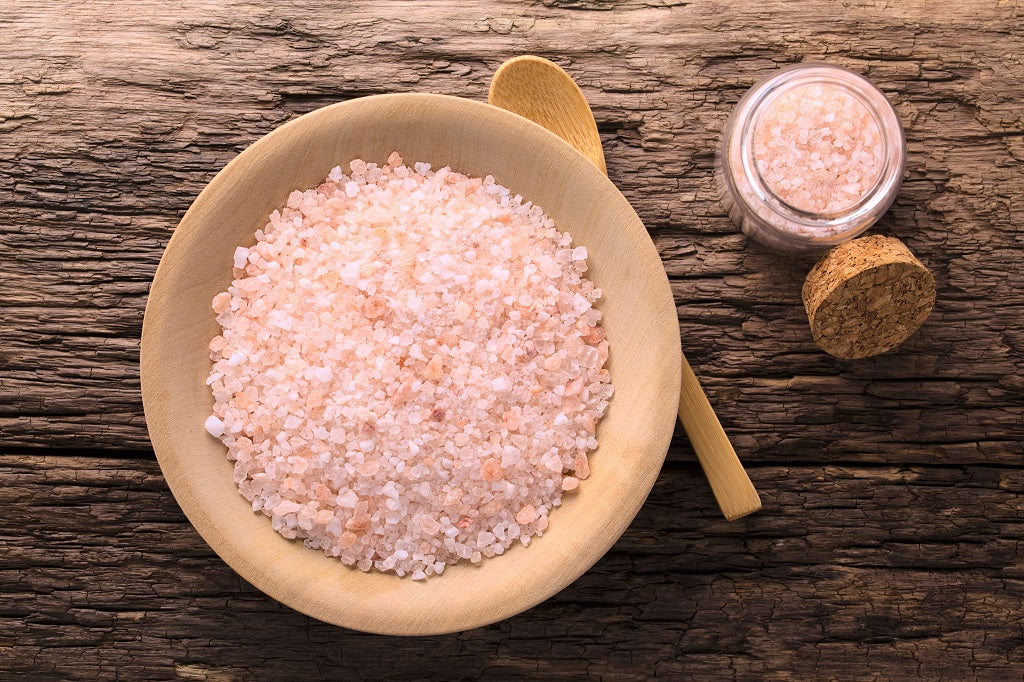
Environmental Impact
Himalayan Salt:
•The extraction of Himalayan salt is relatively low-impact compared to other salts. Hand-mining is a more sustainable and eco-friendly method, and there is typically less waste generated in the process. Additionally, ethical producers may invest in local communities and support environmentally sustainable practices.
Regular Table Salt:
•The environmental impact of table salt production can vary depending on the source. Sea salt production can contribute to ocean salinity and environmental degradation in some cases, while salt mining may require large-scale industrial processes that have a higher energy consumption and greater environmental footprint.

Why Choose Himalayan Salt Over Regular Salt?
When making the choice between Himalayan salt and regular table salt, it comes down to your health, taste preferences, and ethical considerations. Here’s a quick summary of why you might prefer Himalayan salt:
•Mineral Richness: Himalayan salt provides a wide array of beneficial trace minerals that contribute to overall health and well-being, unlike table salt, which mainly consists of sodium chloride.
•Purity: Himalayan salt is minimally processed and free from chemicals or additives, while table salt often undergoes extensive refinement and may contain unwanted chemicals.
•Taste and Flavor: The subtle, complex flavor of Himalayan salt enhances the natural taste of food without overwhelming it, compared to the sharper, more dominant flavor of table salt.
•Health Benefits: Himalayan salt offers a more balanced mineral profile, potentially reducing sodium intake and contributing to better hydration, digestion, and overall health.
•Sustainability and Ethics: Many Himalayan salt producers use more sustainable and ethical practices, including fair trade and environmentally friendly methods, while table salt production can have a higher environmental impact.
By choosing Himalayan salt, you’re not only improving the flavor and quality of your food, but you’re also supporting a product that is natural, mineral-rich, and potentially beneficial for your health and wellness.
